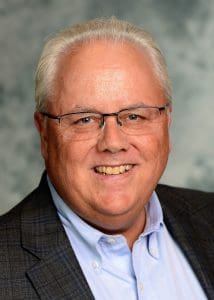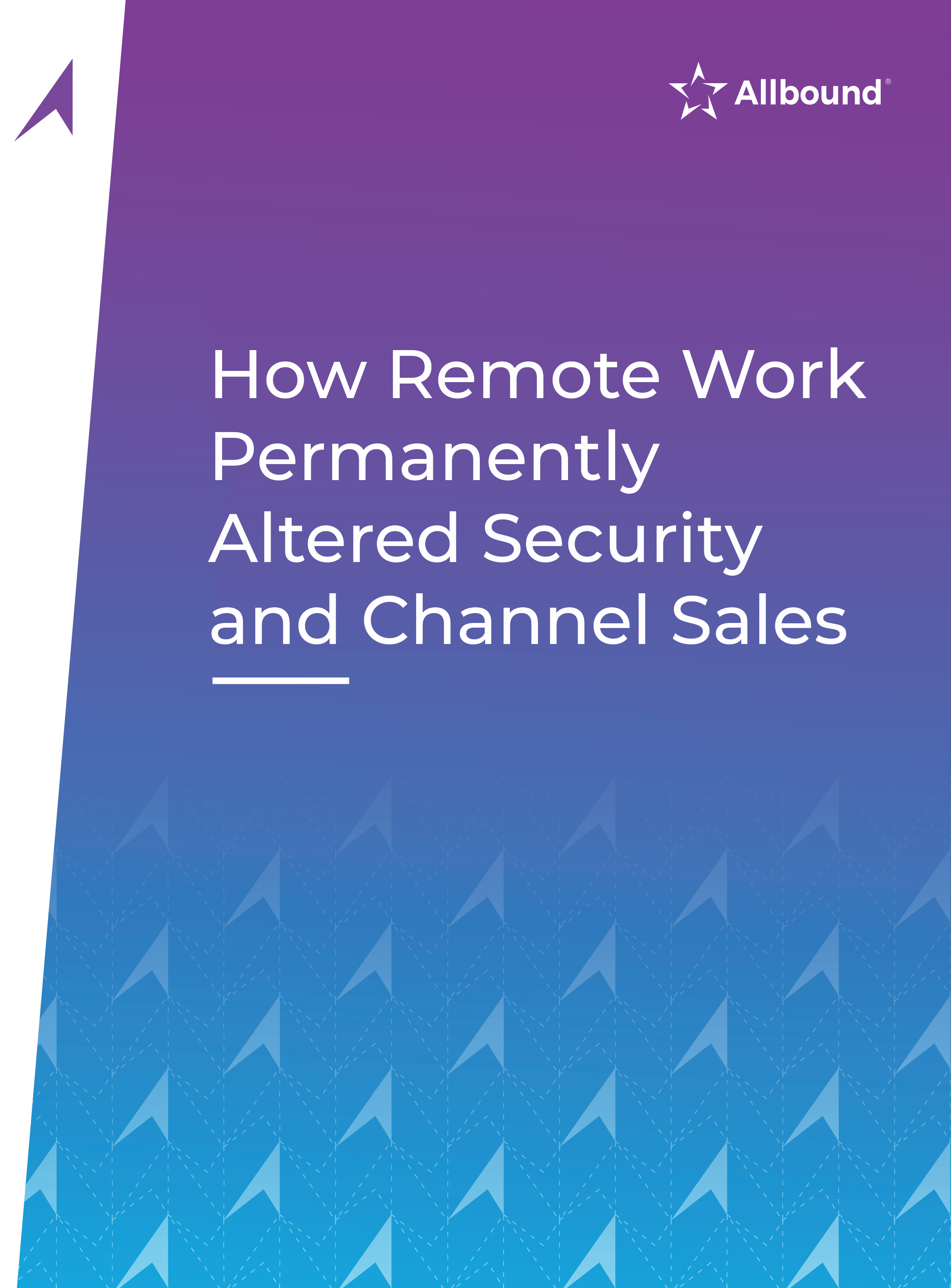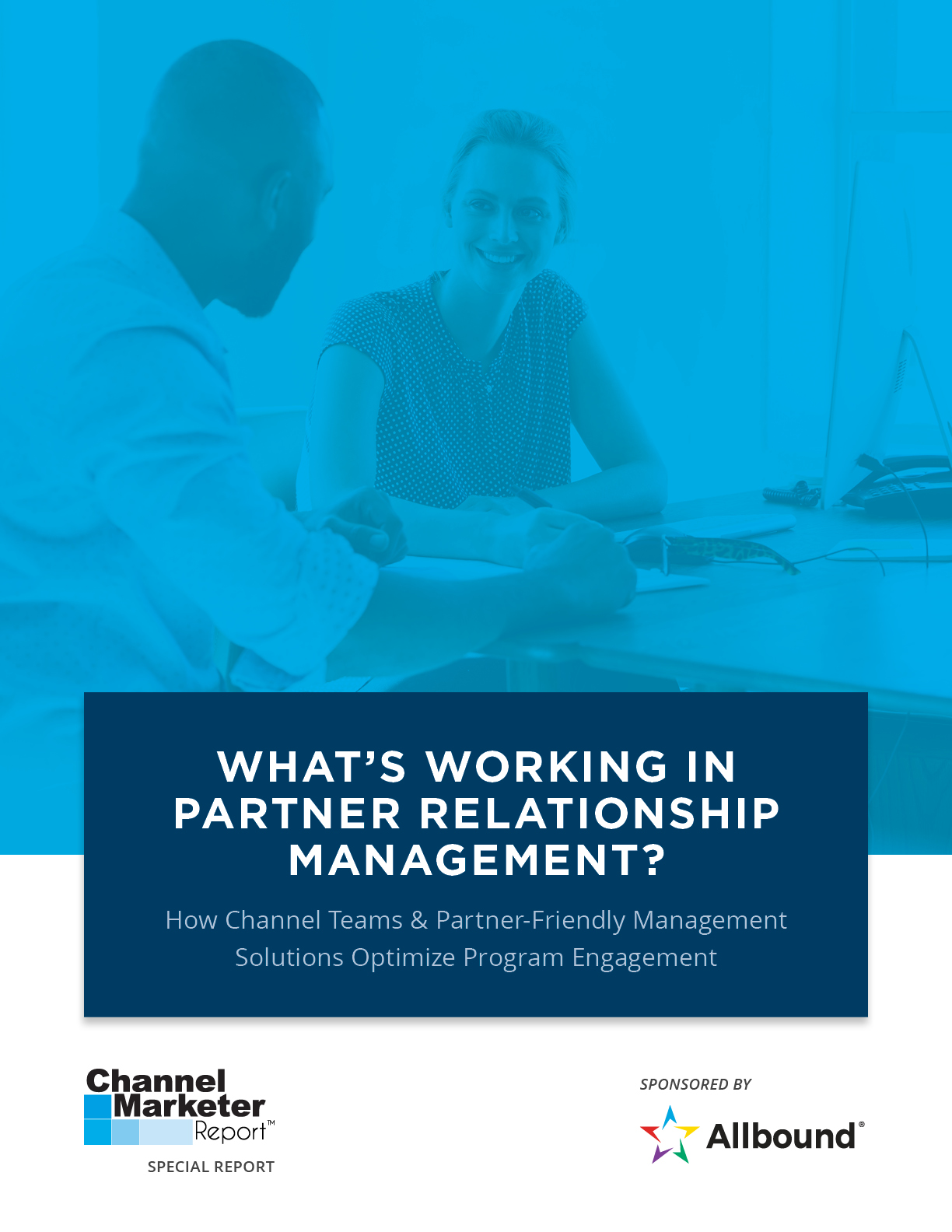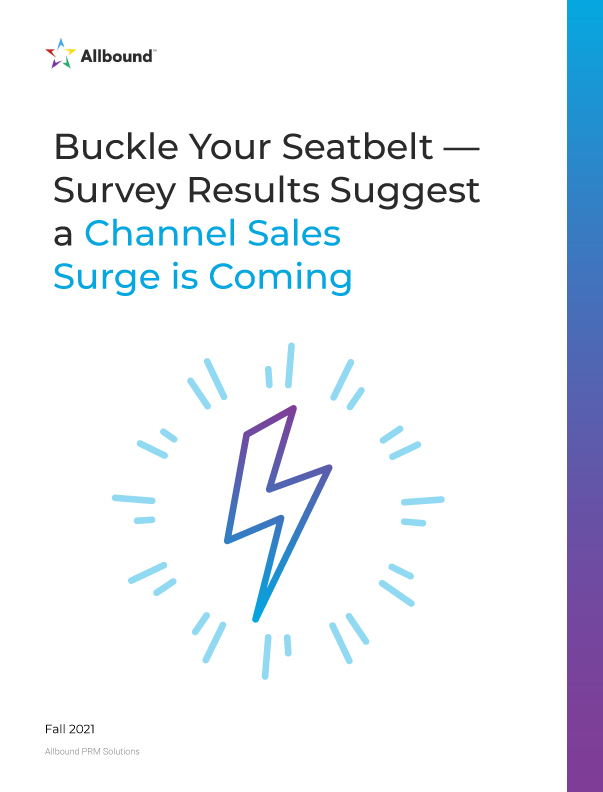Topics
How ASG Adjusts Channel Program To Focus Partners On Business Unit Buyers
If there’s a memo that channel leader Wayne Monk didn’t miss, it’s the one that technology buying power is shifting steadily from IT department to line-of-business decision makers. Witnessing first-hand that business unit buyers are accounting for an increasing share of sales, and expecting the trend to continue as forecast, Monk, senior vice president, global alliances and channel sales at ASG Technologies, is continuing an effort to provide a LOB-centric channel ecosystem with the support it needs to succeed.
“Technology is just more available to the business users,” said Monk, pointing to all of the self-discovery, ‘freemiums’ and other tactics that vendors are using to market their products.

Wayne Monk, SVP, global alliances and channel sales, ASG Technologies
“We’re finding that the business is better positioned to articulate the value back to the C-level suite and tends to be able to align technology closer to revenue. If you really look at any technology solution, it does three things. It either helps you sell more — AKA effect revenue — either reduces costs or it takes out risk. And who’s in the better position to articulate at least two of those?”
The business, said, Monk, “is always ahead of the curve.”
As a result, maintaining a partner network that is capable of engaging LOB buyers is critical, said Monk during a recent conversation with CMR. “Has it made us rethink our recruitment strategy and the partners we have? The answer for us is yes,” he said.
New Partner Profile
For example, ASG has changed its partner recruiting profile, identifying new attributes that will increase opportunities to drive business together. “As you can imagine, we’ve moved away from more technology-resell-focused partners,” he said. Now ideal partners “are more industry-centric or vertically oriented, who are offering solutions — typically business solutions with defined business outcomes. They talk in business outcomes versus technology benefit, and these partners tend to be more advisory in nature than resell because they’re in earlier with the business, shaping their journey and roadmap, helping them gain a sense of what business outcomes they’re trying to impact and inspire and are much more.”
These partners “talk more about how technology helps them accomplish those outcomes, whether it’s a little bit more ROI-based and more outcome-based.” Equally important, ASG is targeting partners with industry-specific expertise who are more capable of understanding the needs of the clients and communicating the business outcomes they can deliver.
ASG is working equally hard to make sure that its existing line-up of long-term partners is equally ready to address new go-to-market requirements. “One of the first steps is to get them to see and acknowledge the change,” said Monk, and then to help them reskill and retool so partners can speak to the business and conduct more credible conversations with them.
“Quite candidly, it’s a harder jump for someone who’s been calling on IT to jump over to the business than it is finding people already on the business side,” said Monk. “It’s a different type of credibility that you have to build and you have to work to gain it,” he said. “We have found that you can teach a dog a new trick, but it may take in some cases longer than finding someone who’s already able to service that market.”
What Partners Want
ASG’s channel community – both newly recruited and established partners – has been vocal in expressing what kind of marketing support it needs from ASG to target business-unit decision makers. In particular many partners are demanding fundamental building blocks that they will enable them to go to market with messages that promote their brand, instead of prioritizing ASG.
 Vendor-heavy marketing materials that limit a partner’s exposure don’t “work today because the partners want to differentiate themselves and apply their own messaging,” said Monk. “And so vendors sometimes have to get out of the way, give the partner the building blocks, but let them enrich and embellish and strengthen your message on top.”
Vendor-heavy marketing materials that limit a partner’s exposure don’t “work today because the partners want to differentiate themselves and apply their own messaging,” said Monk. “And so vendors sometimes have to get out of the way, give the partner the building blocks, but let them enrich and embellish and strengthen your message on top.”
Vendors must have confidence that partners know their customers and they know how to speak to them, Monk continued. “You may try to massage and move their message a little bit, but ultimately it’s their message, not ours.”
Monk noted that enabling partners in this way requires buy-in up and down the vendor’s organization. “Your corporate marketing lead has got to be okay with that, because a lot of marketeers want to own the brand. You need a CMO and team that understands the power of allowing your partners to message in their language.”
Monk believes that this strategy not only leads to more effective through-channel marketing, it can drive partner commitment to the vendor. “When your messaging is underneath their words, it’s hard for them to detach from you. You get a more loyal, committed partner because you’re baked into their everyday messaging. That’s hard to walk away from.”
Investment Based MDF
Getting that commitment from partners is important to ASG. While the company is comfortable with taking a back seat with branding, ASG does require partners to engage in some heavy-lifting, especially for market developing funds (MDF) allocation.
ASG has adopted an investment-based MDF strategy, offering funds to partners that request them to support well-planned and documents activities. Partners need to provide a business plan that states their objective, defines what success looks like, and provides gives a forecast of predictable ROI.
By taking this approach, ASG has more influence over how the money will be spent. But more important, said Monk, “you’re increasing your chances of an effective ROI.” In addition, it provides more visibility into high-performing partners. “Having a couple of years of making investment with your partners, you see who can deliver and give you a tangible return and who don’t is incredibly invaluable.”
Monk realizes that requiring documented business plans for MDF doesn’t fall into the category of making processes easier for partners. But it is a good indicator of those partners that are committed to ASG. “It’s a test we use,” said Monk. “We say, ‘Let’s go build a business plan.’” If they ask why, “that’s a red flag,” said Monk.
ASG does assess each plan to make sure it represents a reasonable investment. “There are people who can build great plans and great execution. There are people who build great plans with zero execution and there’re people who come up with terrible plans with no execution,” he continued.
But the best and most successful partners, said Monk, are typically those who build their own plan off of their methodology. When it’s “their plan and their words with their belief structure, they’re committed,” said Monk.









